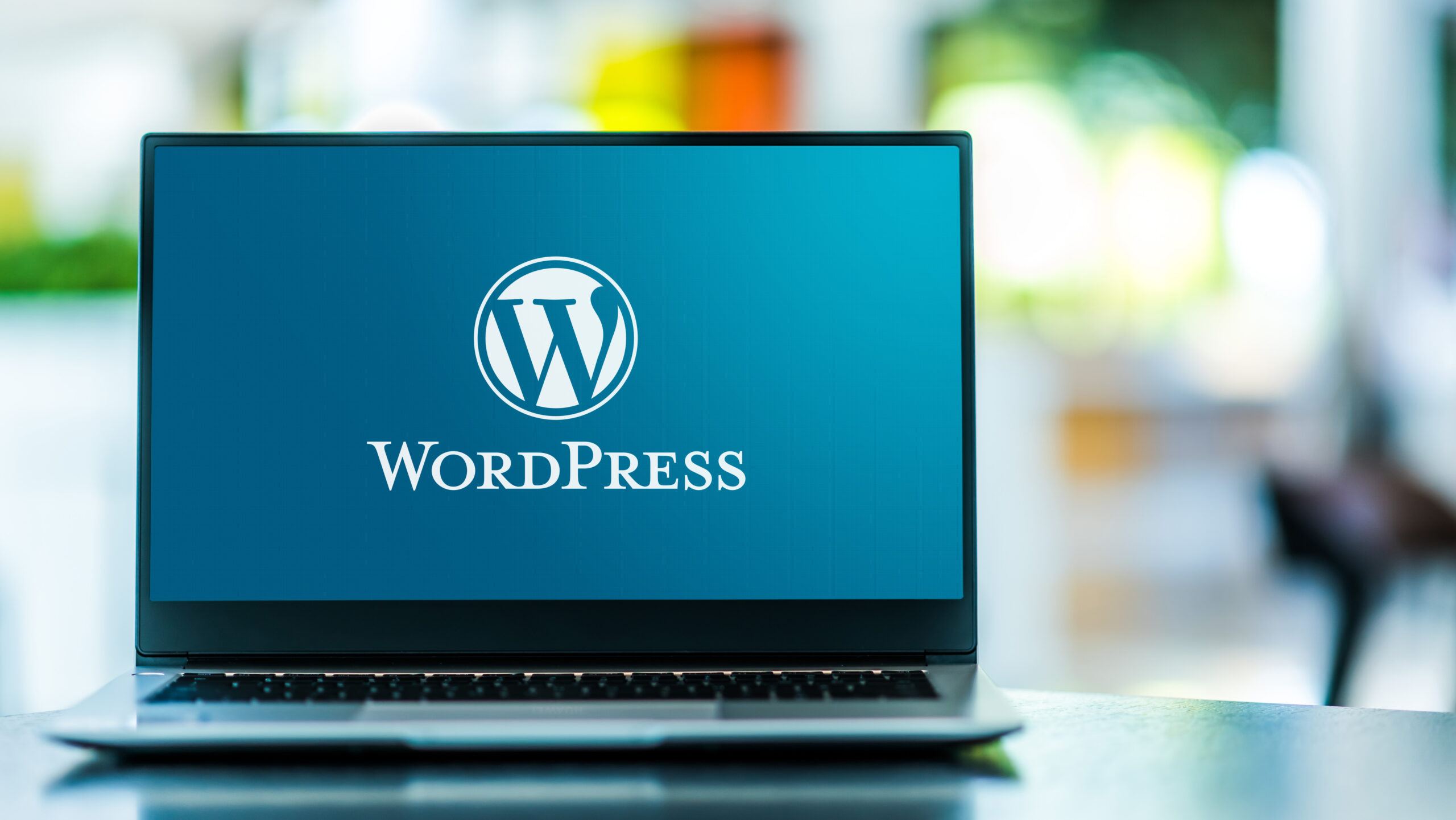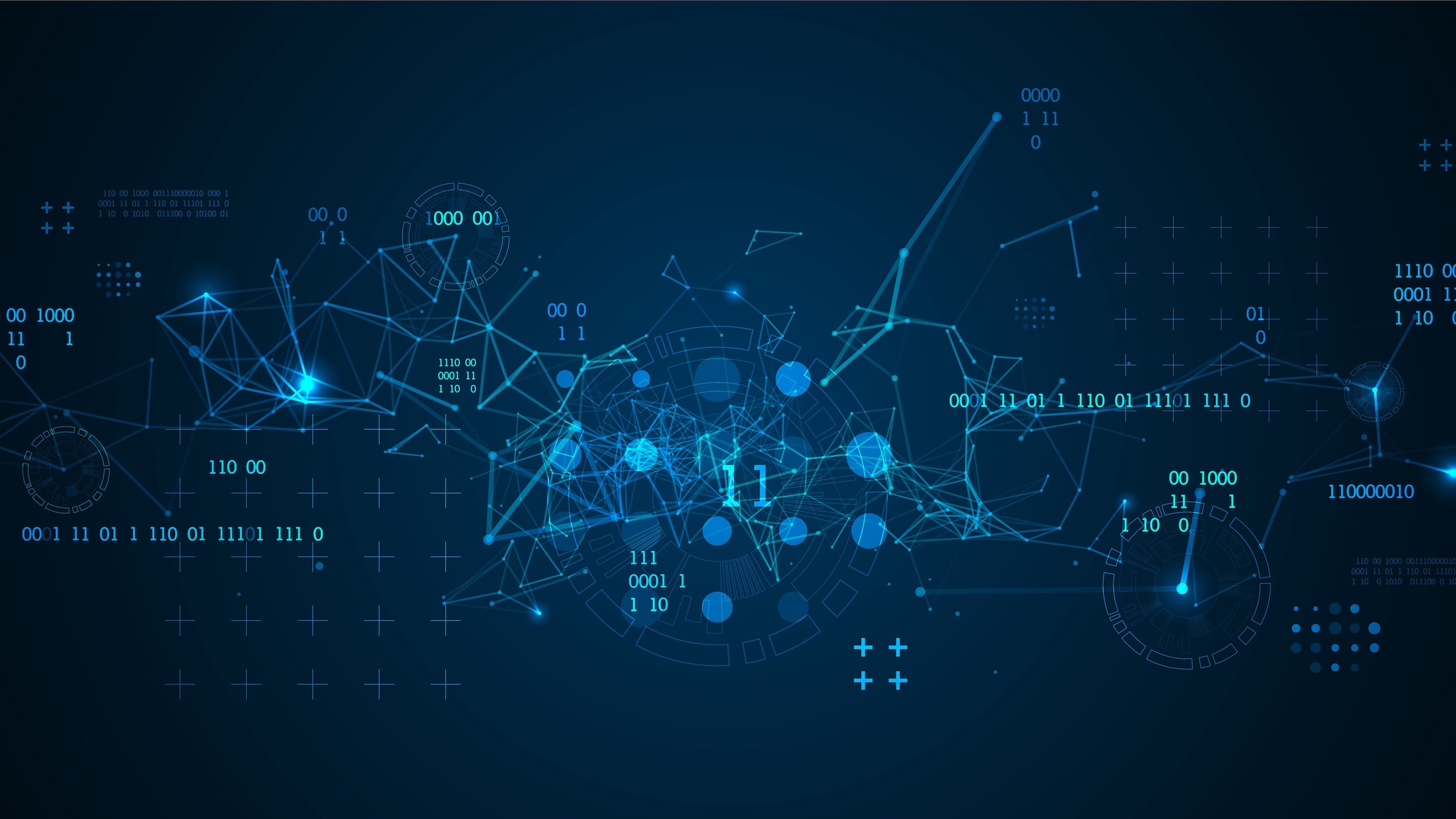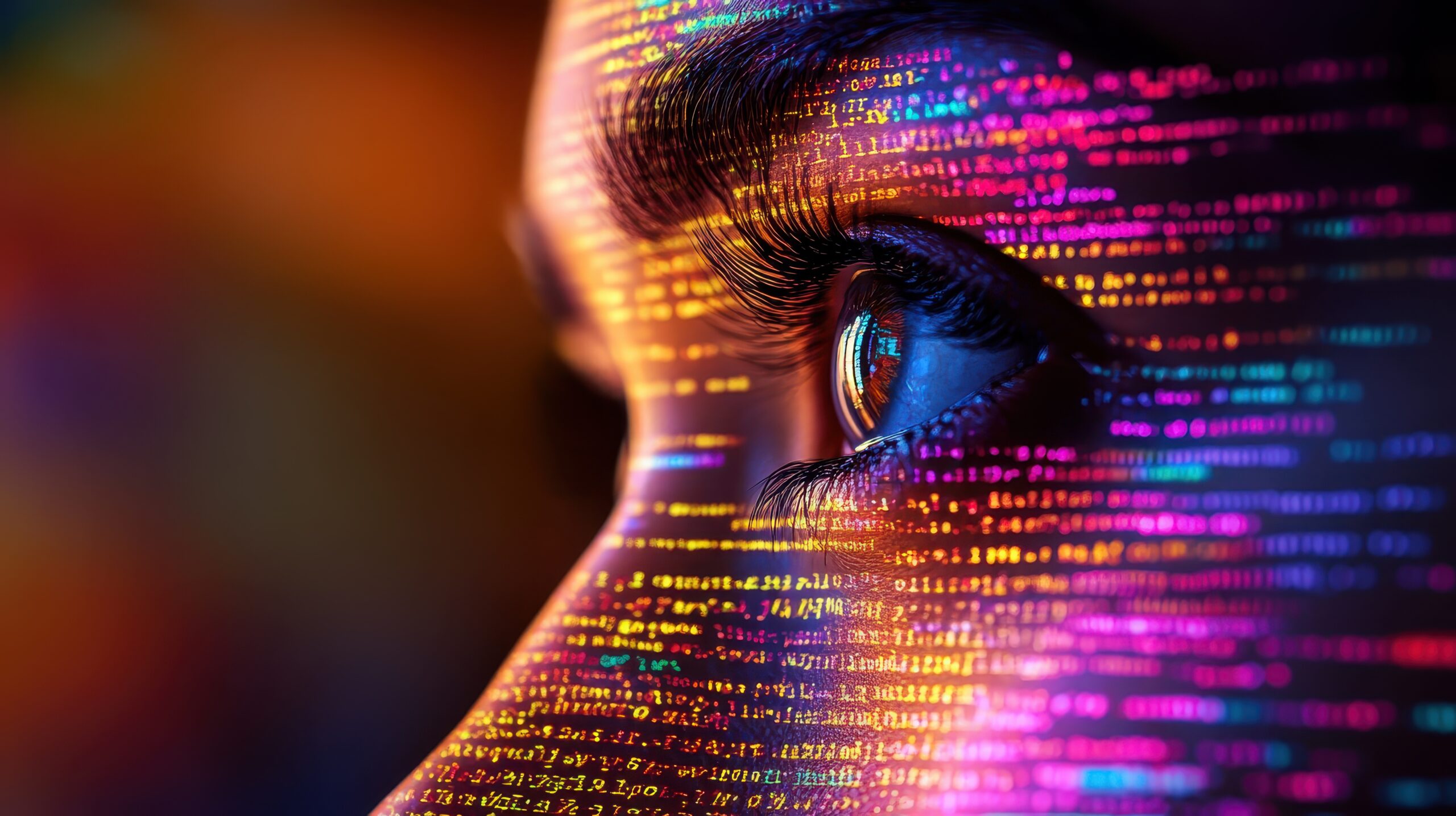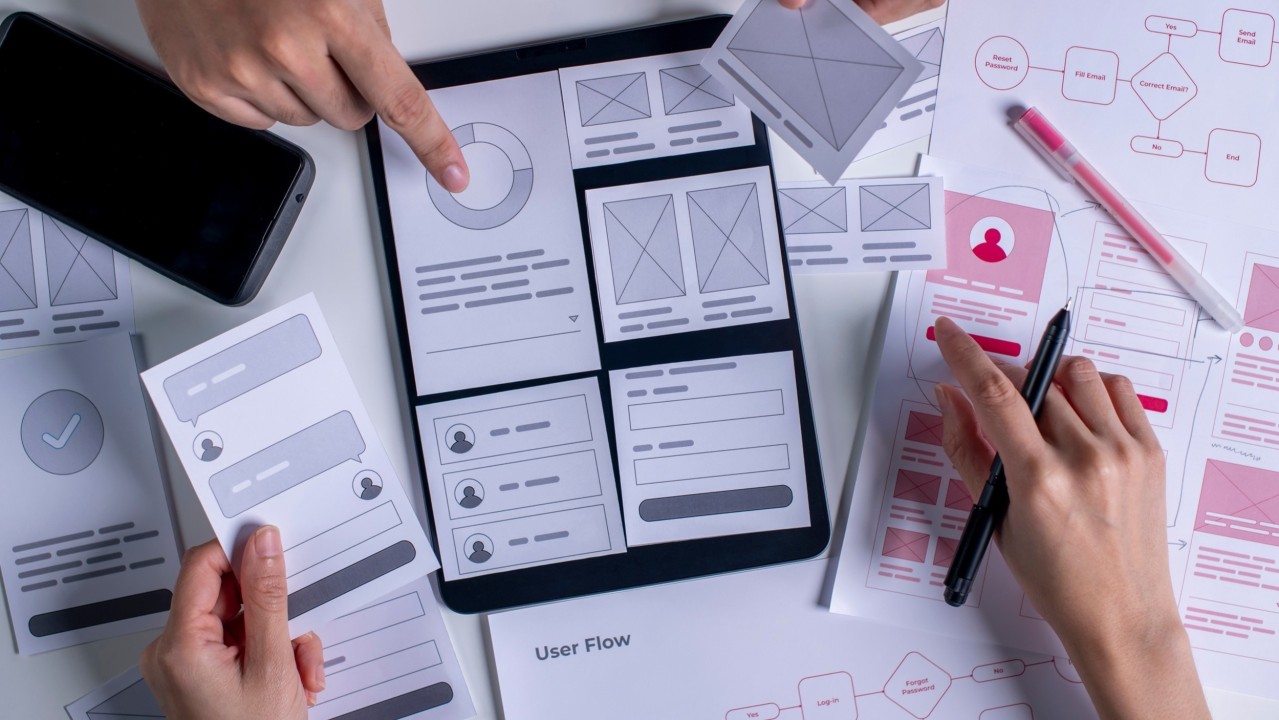News
Balancing Aesthetics and Functionality in UX Design
Creating user experiences that are both visually appealing and functionally robust is not just a best practice—it is a necessity. The interplay between aesthetics and functionality in UX (user experience) design can significantly influence how users perceive, interact with, and ultimately trust digital products. Striking the right balance between these two forces is a challenge that demands not only technical proficiency and creative vision, but also empathy, psychological insight, and an iterative mindset.
While aesthetics can captivate and create emotional resonance, functionality ensures that the user journey is smooth, intuitive, and purpose-driven. When either of these elements dominates at the expense of the other, the result is often a product that fails to deliver a satisfactory user experience. Designers, therefore, must tread a delicate line—where beauty enhances usability, and usability supports beauty.
This article explores the relationship between aesthetics and functionality in UX design, examining the psychological underpinnings, real-world implications, best practices, and case studies that demonstrate how a harmonious balance can lead to more successful, engaging digital experiences.
Understanding Aesthetics in UX Design
Aesthetics in UX design refers to the visual and emotional appeal of a digital interface. This includes layout, colour schemes, typography, imagery, animation, and overall visual style. The goal of aesthetic design is not merely to look attractive, but to create a sensory experience that evokes feelings of trust, delight, and confidence in the product.
The concept of aesthetic-usability effect plays a vital role here. This psychological phenomenon suggests that users are more likely to perceive aesthetically pleasing designs as more usable, even when they are not. In essence, beauty can bias perception. A sleek and modern interface can instil a sense of reliability, ease, and professional competence, encouraging users to persevere even when usability issues arise.
However, it is crucial to note that aesthetic appeal should never be achieved at the cost of clarity or efficiency. Overdesign—where visual elements overshadow core functionality—can lead to frustration, abandonment, and reputational damage. True aesthetic success lies in enhancement, not distraction.
The Core of Functionality in UX Design
Functionality, on the other hand, revolves around how well a digital product performs its intended tasks. This includes navigation structure, loading speed, interactive elements, responsiveness, error handling, and accessibility. A functional interface is one where the user can achieve their goals with minimal friction and confusion.
User-centred design principles play a pivotal role in establishing functionality. These principles encourage designers to develop solutions based on real user needs, behaviours, and feedback, rather than assumptions or personal preferences. Functionality is inherently tied to usability, and usability cannot exist in a vacuum—it must be informed by user research, testing, and iterative improvement.
At its core, functionality ensures that form has a purpose. It provides the structural skeleton upon which aesthetic design is layered. A product might look exceptional, but if users cannot find what they need or complete essential actions, the experience ultimately fails.
Where Aesthetics and Functionality Meet
The intersection of aesthetics and functionality is where great UX design lives. This is not a binary decision but a dynamic equilibrium. A beautifully designed app that is also easy to use, or a highly functional website that also looks professional and engaging, can significantly enhance user satisfaction, conversion rates, and brand loyalty.
Design systems and frameworks—such as Google’s Material Design or Apple’s Human Interface Guidelines—are built around this very balance. They provide patterns, components, and best practices that ensure consistency, accessibility, and coherence across visual and functional design.
For example, micro-interactions (such as subtle animations on buttons or icons) serve both aesthetic and functional roles. They provide feedback, guide the user’s attention, and reinforce intuitive behaviour, all while enhancing the visual polish of the interface.
Another good example is responsive design. A website or application that adapts seamlessly to different screen sizes and devices not only provides functional accessibility but also contributes to aesthetic coherence. Users experience a consistent look and feel, whether they are on mobile, tablet, or desktop.
Challenges in Achieving the Right Balance
Balancing aesthetics and functionality is rarely straightforward. Design teams often face conflicting priorities and constraints—tight deadlines, differing stakeholder opinions, varying user expectations, and limited resources. In such environments, it is tempting to prioritise one dimension over the other.
One common pitfall is prioritising visual flair over usability. This is particularly evident in early-stage startups or portfolio-driven projects where the design team may be motivated to impress rather than serve. Overly complex layouts, excessive animations, or illegible fonts might look trendy but can alienate users who simply want a quick, seamless experience.
Conversely, focusing solely on functionality without considering aesthetic value can lead to sterile, uninspiring designs. This is a risk in enterprise software and internal tools, where practicality tends to trump delight. While these tools might work, they often fail to engage users on an emotional level, reducing satisfaction and long-term adoption.
To address these challenges, collaboration is key. Cross-functional teams comprising designers, developers, product managers, and user researchers must work closely to ensure that decisions are driven by user needs, data, and shared goals.
The Role of UX Research and Testing
User research and usability testing are essential tools in finding the right balance. Through interviews, surveys, heatmaps, A/B testing, and usability studies, teams can gather insights into how real users perceive and interact with the product.
Research helps identify which aesthetic elements aid functionality and which ones distract or hinder. For instance, a striking hero image might grab attention but push critical content below the fold, affecting engagement. Testing can also highlight accessibility issues—such as low contrast ratios or confusing colour cues—that might not be apparent during the design phase.
By involving users early and often, teams can validate their assumptions and refine both visual and functional aspects of the design iteratively. Continuous feedback loops enable a more adaptive, user-centred process where beauty and usability evolve together.
Accessibility: A Non-Negotiable Part of the Equation
When discussing functionality, accessibility deserves special attention. True UX design must be inclusive, ensuring that users of all abilities can access and interact with the product effectively.
This has direct implications for aesthetic choices. Colour palettes must consider contrast and colour blindness. Font sizes and line heights must support readability. Animations must not cause motion sensitivity or disorientation. Navigation structures must support screen readers and keyboard navigation.
Far from being a constraint, accessibility can actually inspire more thoughtful and elegant design. Creating interfaces that work for everyone enhances the overall user experience, and also aligns with legal standards such as WCAG and the Equality Act 2010 in the UK.
Branding and Emotional Engagement
Aesthetic design plays a central role in expressing brand identity and creating emotional connections. Typography, colour schemes, iconography, and imagery all contribute to the brand voice and tone. These elements help communicate trustworthiness, innovation, approachability, or any other brand values the business wants to convey.
When aligned with functionality, branding can become a powerful driver of engagement. For instance, consider how brands like Airbnb, Spotify, or Monzo create consistent and memorable experiences across all touchpoints. Their design is not only pleasing but purposeful—each visual choice reinforces brand identity while supporting the user journey.
Neglecting this alignment can result in cognitive dissonance, where users feel a disconnect between what the brand promises and how it behaves in practice.
The Role of Design Systems
To maintain consistency and scale effectively, many organisations adopt design systems. These systems provide reusable components, visual guidelines, and accessibility standards that support a balance between form and function.
Design systems reduce the friction between designers and developers, streamline collaboration, and ensure that aesthetic choices support functional goals. They also help prevent design drift—where different parts of the product diverge in style or usability over time.
Well-known design systems like IBM’s Carbon Design System, Salesforce’s Lightning Design System, or Shopify’s Polaris exemplify how structure and flexibility can coexist in large-scale design environments.
The Future of UX: Harmonising with AI and Personalisation
As artificial intelligence and machine learning become more integrated into UX design, the balance between aesthetics and functionality may be redefined. Personalised interfaces, predictive design elements, and adaptive layouts can enhance both form and function—but also introduce new complexities.
AI can tailor the user experience in real time, adapting visual and functional elements based on user behaviour, preferences, or context. This opens up opportunities for dynamic aesthetics that evolve without sacrificing usability. However, it also raises questions around consistency, control, and user trust.
Designers will need to ensure that automation enhances, rather than overrides, human-centred design principles. The challenge will be maintaining a coherent, accessible, and emotionally resonant experience even as interfaces become more fluid and responsive.
Design with Intention
In UX design, aesthetics and functionality should not be treated as competing priorities. Rather, they are interdependent pillars of a holistic user experience. A product that is beautiful but confusing is just as flawed as one that is efficient but uninspiring. Users deserve experiences that are both enjoyable and effective—experiences that engage the senses while supporting their goals.
Balancing aesthetics and functionality requires intention, empathy, research, collaboration, and iteration. It is a process, not a destination. And when done right, it can transform ordinary interactions into memorable, meaningful moments that build lasting relationships between users and brands.
In an increasingly crowded digital landscape, the products that stand out will not be those that choose between beauty and utility, but those that seamlessly blend the two into a unified, human-centred design philosophy.
















The Ultimate Social Media Guide
With the ever-growing power of social media, we use the latest techniques, video, and animation software to craft eye-catching social media assets that make your brand pop. Our designers, wielding Adobe Creative tools, create distinctive animations and graphics to illuminate your brand story and highlight your products or services. Want a unique design? No problem – we also offer bespoke designs to match your brand aesthetic.